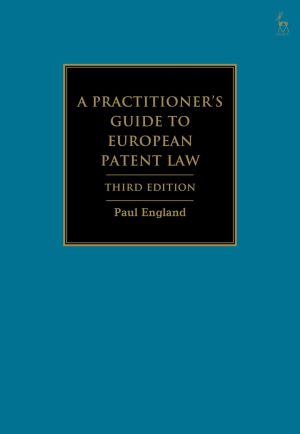
This new edition offers a comprehensive and practical guide to European patent law.
This book uniquely addresses European patent law using a thematic approach, assessing the national and EPO approaches together rather than in nation-by-nation chapters. Each chapter therefore enables the common ground, and differences, between approaches to be assessed.
The most influential European patent law jurisdictions are covered in the book, including the leading cases from the European Patent Office, England and Wales, France, Germany, and the Netherlands. The book also draws insights from further afield, with contributions from other, very active, patent jurisdictions, including Italy, Sweden, Denmark, and Switzerland.
In addition to featuring completely revised content on the fast-moving subject areas of FRAND and plausibility, and updates in all other areas of patent law, the 3rd edition includes for the first time fully integrated coverage of every substantive decision of the Unified Patent Court. A must-read for anyone working in the field of European patent law.